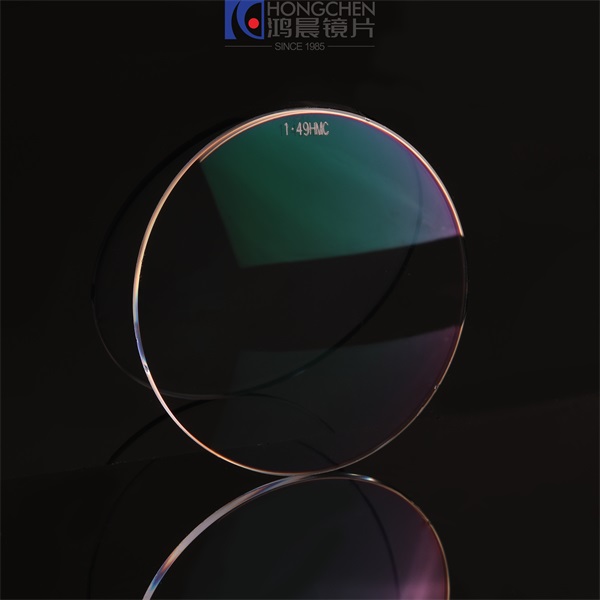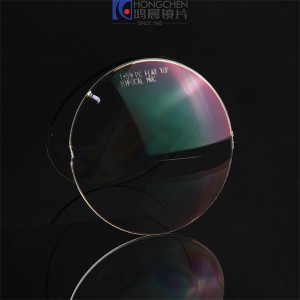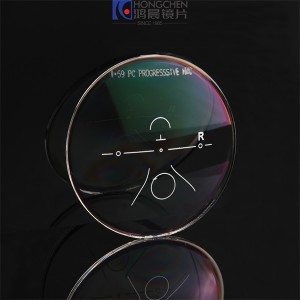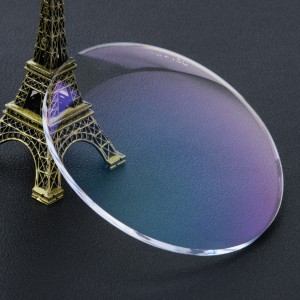Super Hydrophobic
Is super hydrophobic coating worth it?
So yes, hydrophobic coatings really do work. They do not completely clear water or sweat droplets every time, but they are much better than ordinary sunglasses lenses without a hydrophobic coating.
How long does super hydrophobic coating last?
This coating will off er approximately one year of outdoor life before recoating of the top coat would be required. When used in indoor or covered applications outdoors, the coating should last for a year or more.
What is super hydrophobic materials?
A superhydrophobic coating is a thin surface layer that repels water. It is made from superhydrophobic (ultrahydrophobicity) materials. Generally speaking, superhydrophobic coatings are made from composite materials where one component provides the roughness and the other provides low surface energy.
How do you do a super hydrophobic coating?
Do not forget to operate under a tightly close extraction hood as these products are toxic. Then, you rince your particles several times with hexane first, then acetone, ethanol then water. The particles should then be hydrophobic and ready to be spread on any surface to make it superhydrophobic.
Do hydrophobic coatings wear off?
While both hydrophilic and hydrophobic coatings can be effective, remember that one coating remains permanently while the other washes off over time.
Why does hydrophobic coating repel water?
A hydrophobic coating supports greatly to repel water drops from lens surface as the stiffness between the liquid and the hydrophobic exterior is lower. So, when any droplets come in contact with the hydrophobic lens, they are more likely to resist the lens much more than they usually do.
Is hydrophobic good for glasses?
Hydrophobic Anti-Fog Coating If you live in an area with frequent precipitation or go in and outdoors several times per day, this coating can be very beneficial. It prevents your eyeglasses from fogging up when you return indoors from the cold, as well as when perspiring.
How long does Rust Oleum NeverWet last?
How Long Does NeverWet Coating Last? Sun exposure and other environmental conditions impact the longevity of our coatings. Abrasion can also threaten its efficacy. On average, items in outdoor conditions will maintain water-repellency for 6 months; indoor items will maintain repellency for about one year.
What are hydrophobic coatings made of?
a (super-) hydrophobic coating is a thin surface layer that repels water. It is made from superhydrophobic (ultrahydrophobicity) materials. Droplets hitting this kind of coating can fully rebound.
What are hydrophobic materials made of?
Hydrophobic substances are composed of non-polar molecules that repel bodies of water and attract other neutral molecules and non-polar solvents. Examples of these molecules are alkanes, oils and fats in general.
What is the purpose of a hydrophobic coating?
A primary purpose of hydrophobic coatings is to act as a barrier against water. If a device must be sealed to prevent moisture from getting inside, hydrophobic coatings will work to repel water from the device’s surface and act as a sealant over areas where water can penetrate to the interior. Hydrophilic coatings do the opposite.
What are hydrophobic coatings?
In eyeglasses, it’s basically a 20-30-nanometer transparent coating of titanium dioxide that is placed on the surface of the lens. Hydrophobic coatings are not something new as people are making use of this for a long time on their prescription eyeglasses. It is also found on leaves and on the wings of many insects if you’ve ever noticed it.
What is super hydrophobic?
A superhydrophobic coating is a thin surface layer that repels water . It is made from superhydrophobic ( ultrahydrophobicity) materials. Droplets hitting this kind of coating can fully rebound. Oct 1 2019
Is Cu(II) hydrophobic or hydrophilic?
The aquated Cu II species are retained in the pores creating a hydrophilic environment within a hydrophobic one. IR spectroscopy demonstrates the retention of water within the nanopores and TEM imaging illustrates the presence of the Cu II species.











